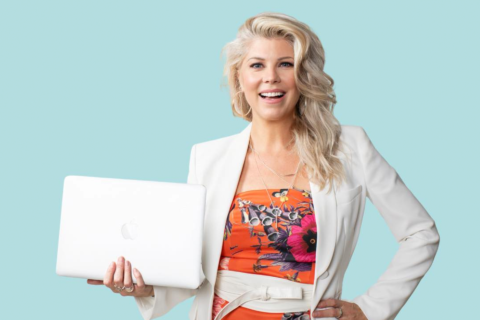The e-commerce beauty startup, Birchbox, is one of the most oft-cited inspirations for brands in today’s tech game.
When the company first launched in 2010, co-founders Katia Beauchamp and Hayley Barna secured $1.4 million in seed funding, had 6 employees, 20 brand partners, and 1,200 subscribers, according to Forbes contributor Esha Chhabra.
Not bad for a startup.
But compare that to the company’s stratospheric rise in recent years: $70 million in funding, operating in six countries with nearly 300 employees, and more than a million monthly subscribers (Forbes). Fortune estimates that Birchbox generates at least $125 million in revenue per year.
Eye-opening, right?
So what’s Birchbox’s secret? Here we break down six branding and growth strategies that fueled it’s mega-growth.
1. Launch private beta.
Just as Hollywood producers set up private screenings prior to a film’s general release, launching private beta allows you to get your product, service, or idea tested by real people in the real world before its official release.
The exclusivity of launching private beta also gives your business a certain coolness factor, and offers you the opportunity to refine your efforts, engage with users, find your product-market fit, and build media buzz.

In fact, this is exactly how Birchbox started in 2010. At the time, Beauchamp and Barna emailed the heads of the best brands in the country and asked if they would be interested in a simple beta test. Birchbox’s first partners included big names such as Kiehl’s, NARS, and KORRES – and since then the list has expanded to include more than 800 brands.
Takeaway: If you’re still in the early-stages of your business, consider creating a private and exclusive community of carefully vetted users before your official launch. You will need a mix of people who’ll benefit from the service as well as influential industry insiders, such as bloggers, thought-leaders, and social media personalities, to name a few.
2. Differentiate.
Creating new products, services, programs, and experiences that are not “me-too’s” (i.e. that truly stand out as unique in the marketplace) has become a bit of a unicorn-like pursuit.
So how did Birchbox fend off the competition?
The company reimagined the concept of sampling. So rather than the end-user selecting samples at the department store counter, Birchbox did the sampling for the user by choosing four to five cosmetics based on their unique beauty profile. For around $10 a month, users received beautifully-wrapped samples right to their front door. Voila!
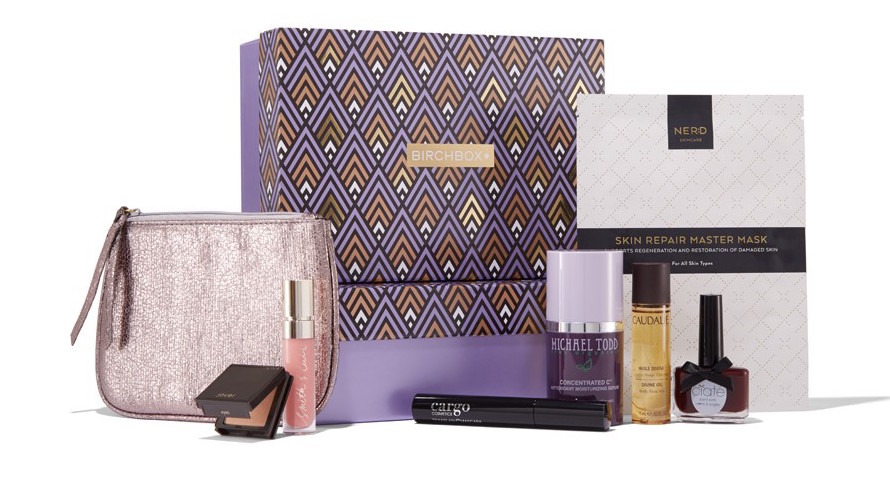
In addition, Birchbox honed in on the discovery process. By guiding consumers through the vast shades of reds, violets, and pinks, they helped introduce consumers to new brands and products they wouldn’t have otherwise tried.
Takeaway: Know what sets you apart from everyone else in your industry. Differentiate but don’t reinvent the wheel. Just the slightest twist or angle could be your unique selling point (USP).
3. Reinvent your story.
A successful brand story is one that can evolve. You need to achieve longevity in your story-telling in order to continue your story and iterate.
Birchbox does this masterfully starting with the very first delivery. The company also stirs social buzz and encourages sharing continually, by teasing the arrival of new boxes on Instagram and then asking fans to guess its identity. In effect, Birchbox is able to tell their brand story over and over again, drive engagement and sales, all without feeling too pushy.
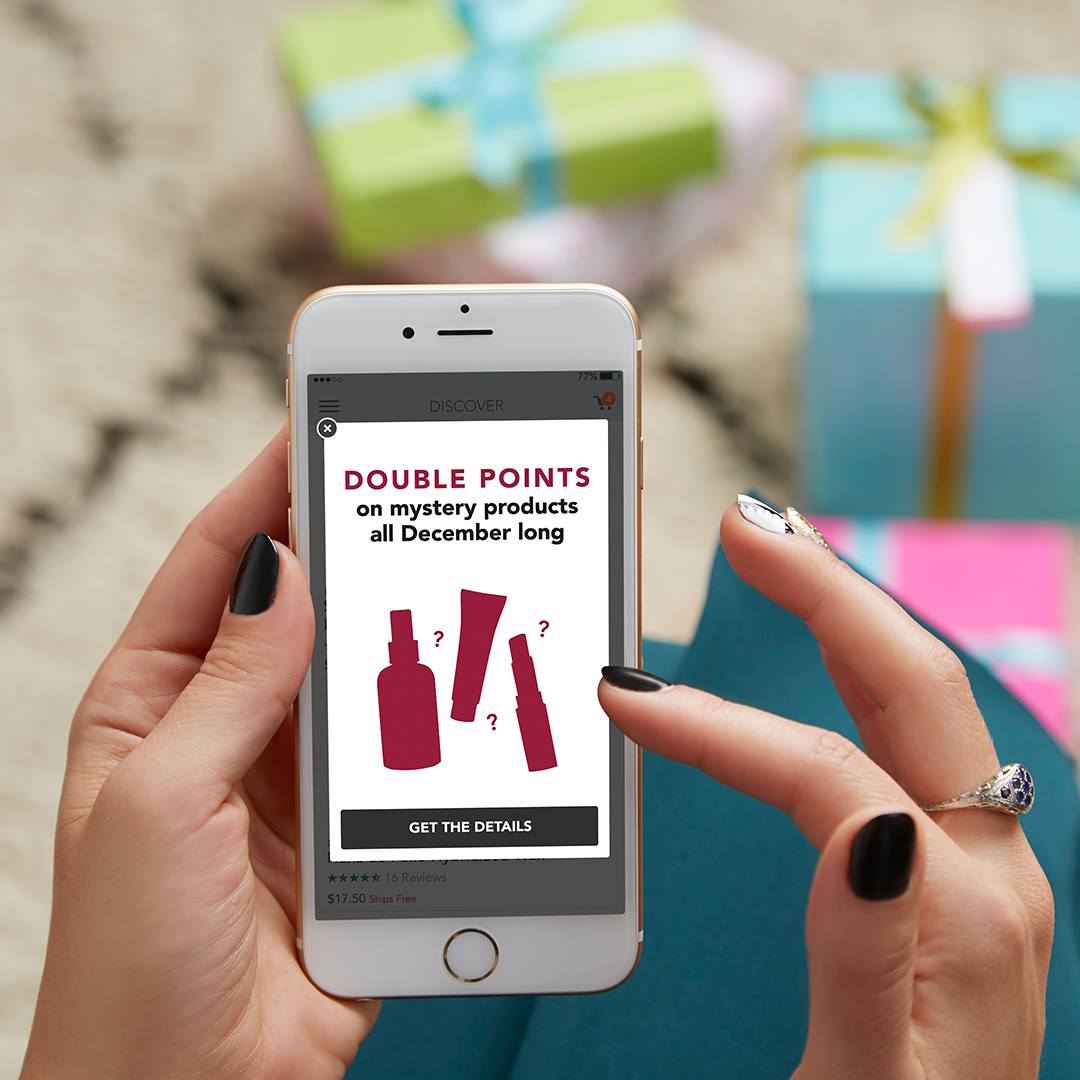
Takeaway: Never stop evolving your brand’s story. You can start by sharing success stories and real-life applications of your products and services. Show your audience how your product is evolving and how you and your team are changing based on customer feedback.
4. Stay fluid and flexible.
As you grow your business one of the keys to a successful expansion strategy is to extend into new markets organically. Building a brand that is fluid and flexible will allow you to make this transition.
In Birchbox’s case, the company started out as a subscription-based, e-commerce beauty company, but since then has evolved considerably. For one, there’s a men’s division called ‘Birchbox Man‘. The company also moved into European markets by acquiring competitor JolieBox. Then, in 2014 the company opened its first brick-and-mortar retail location in New York City.
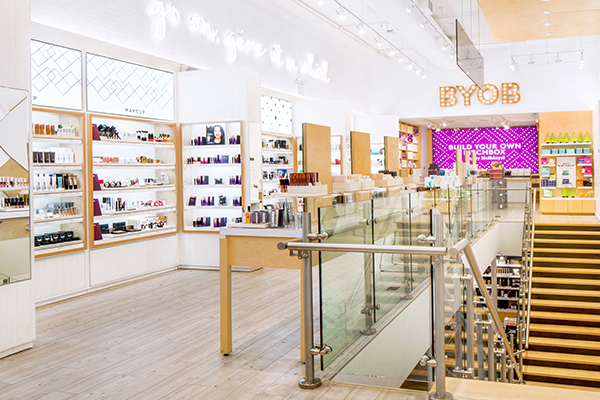
Takeaway: Give your brand permission to be more fluid and flexible. Flirt with your customers on social, listen to what they have to say, and cater to their desires. A modern brand should also embrace new opportunities to move in multiple directions.
5. Form the right alliances.
While you want to keep your brand fluid and flexible (see above) you need to make the right partnerships.
Forming the right alliances is another way Birchbox continues to evolve and thrive. Recently, Birchbox partnered with luxury airliner JetBlue to feature travel-themed, TSA approved products targeted to passengers flying in the premium seat sections known as ‘Mint.’ This partnership was a brilliant move by Birchbox especially at a time when airlines were looking to improve their customer’s flying experiences.
Takeaway: Review your business as it currently stands and determine the areas that will benefit the most from a strategic partnership. Also, when seeking to build an alliance, study the values, culture, and overall brand messaging of your potential partners to make sure they align with those of your company.
6. Customize user experience.
Birchbox has developed a loyal following of repeat customers by making its subscribers feel as though each product was customized just for them. First time customers complete detailed profiles so Birchbox can cater to their exact interests and needs.
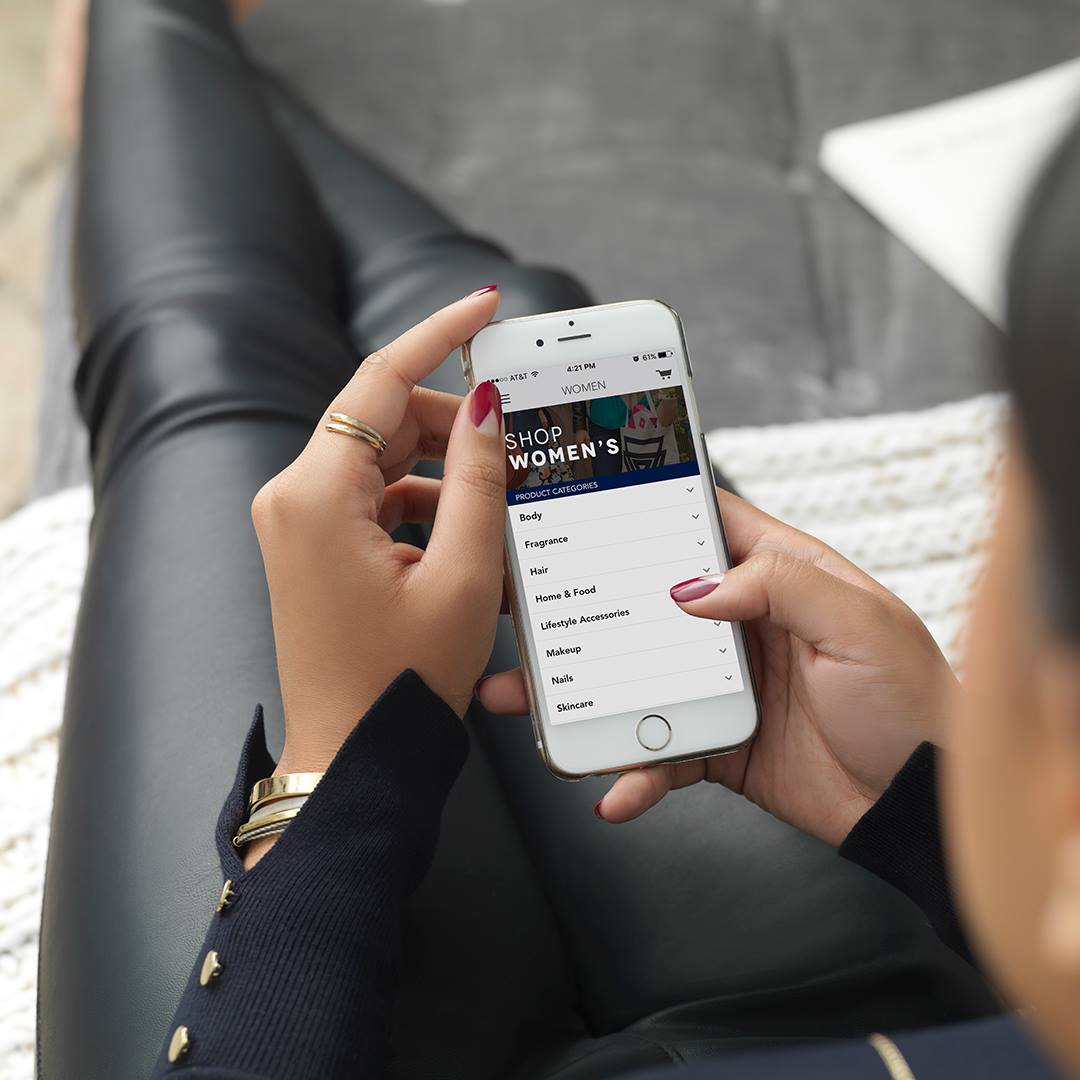
Is “aging” your top skincare concern? You’ll get a high-tech skin cream. Interested in natural and organic products? You’ll get samples from Tay, the chic eco-brand.
Birchbox has even taken this personalization process one step further by sending targeted emails, messages and offers based on customer’s preference and past behavior.
Takeaway: Consider customizing and packaging your courses, offerings, and even email correspondences for each customer based on their individual needs. Also, look at previous customer purchase records and create campaigns around their buying habits.
This article has been edited and condensed.
Catherine Suh is a strategic advisor, attorney, and media entrepreneur with marketing and branding expertise. She is the Founder and CEO of BLANCERA, an impact-driven brand strategy firm that helps innovative entrepreneurs, creative professionals, and early-stage companies develop powerful visionary brands. Catherine has a B.A. from Cornell University and a J.D. from Cornell Law School.
© YFS Magazine. All Rights Reserved. Copying prohibited. All material is protected by U.S. and international copyright laws. Unauthorized reproduction or distribution of this material is prohibited. Sharing of this material under Attribution-NonCommercial-NoDerivatives 4.0 International terms, listed here, is permitted.




